What are Pressure Switches
Pressure switches are devices that monitor the pressure of a fluid or gas and activate a response when a preset pressure level is reached. They play a crucial role in various applications, ensuring systems operate within safe pressure parameters. These switches are commonly used in industries such as HVAC, water supply, and manufacturing, where precise pressure control is necessary for both safety and efficiency.
The principle behind a pressure switch is relatively straightforward. It consists of a sensor that detects the pressure level and an electrical switch that activates or deactivates depending on the detected pressure. When the sensed pressure exceeds or falls below a designated threshold, the switch will trigger an action—such as turning on a pump, opening or closing a valve, or activating an alarm. This automated response helps prevent damage to equipment, avoid unsafe conditions, and maintain optimal operating environments.
There are various types of pressure switches, each designed to handle specific pressure ranges, environments, and tasks. The design of a pressure switch may include diaphragms or pistons as sensing elements, which react to changes in pressure. These components are connected to electrical contacts that open or close circuits in response to movement from the diaphragm or piston.
For those who operate machinery or manage systems where maintaining particular pressure levels is vital, understanding and choosing the right pressure switch is essential. These devices contribute greatly to the automation of processes and help maintain consistent quality and safety standards.
Types of Pressure Switches
Pressure switches come in several designs, each serving specific needs across various industries. The common types include:
Electromechanical Pressure Switches: These switches use physical motion generated by pressure changes to activate electrical contacts. Typically used for simple on/off control, they are found in applications like compressor control and pump monitoring.
Electronic Pressure Switches: Offering greater accuracy and functionality, electronic switches use sensors and circuitry to measure and respond to pressure changes. They are suitable for sensitive applications requiring precise control and often feature digital readouts and programmable settings.
Differential Pressure Switches: Designed to react to differences in pressure between two points in a system rather than absolute pressure levels, these switches are critical in filtration systems, flow monitoring, and HVAC applications.
Manual Reset Pressure Switches: Requiring manual intervention to reset after activation, these switches are used where it’s essential for an operator to address the cause of a pressure deviation before resuming operation.
Adjustable Pressure Switches: Allowing users to set custom activation points, adjustable switches provide flexibility for systems with varying pressure control needs.
Each type has its common use cases where it excels based on robustness, sensitivity, adjustability, or specific industry requirements.
How to choose Pressure Switches
Selecting the appropriate pressure switch requires careful consideration of several factors. The operational environment plays a significant role; for instance, different materials might be required for compatibility with the media being monitored. Stainless steel might be necessary when dealing with corrosive liquids, whereas plastic could suffice for less demanding applications.
The range of operating pressures within your system is also critical; switches must be chosen that can handle both the minimum and maximum expected pressures without risk of damage or inaccurate readings. The level of precision needed will influence whether an electromechanical or electronic switch is more suitable.
Furthermore, consider the electrical requirements of your system—voltage ratings and whether you need normally closed (NC) or normally open (NO) contact arrangements should match your control circuit specifications. Differential switches might be required if monitoring across filters or other components where pressure drop signifies performance issues.
Lastly, the application’s safety requirements may dictate features like manual reset capabilities or specific protection ratings against dust and moisture ingress (e.g., IP65). Customized support options offered by some suppliers on Alibaba.com can ensure that you receive a product tailored to your exact specifications.
Best Pressure Switches on Alibaba.com
Alibaba.com stands as a global marketplace connecting businesses with an extensive range of suppliers offering various types of pressure switches suitable for any application. Whether you're looking for a simple electromechanical switch for a water pump or an advanced electronic switch for industrial automation, Alibaba.com hosts a vast collection from reliable suppliers around the world.
The platform's intuitive interface simplifies the process of finding the right switch by allowing users to filter products based on application industry, local service location, material composition, voltage rating, support services provided by suppliers, and many more criteria. This level of customization ensures that businesses can find products tailored to their unique requirements with ease.
Moreover, Alibaba.com is committed to facilitating secure transactions through services like Trade Assurance that protect buyers until delivery is confirmed. With its focus on customer satisfaction and supplier reliability, Alibaba.com positions itself as an indispensable resource for businesses looking to source high-quality pressure switches efficiently and cost-effectively.
Common FAQs for Pressure Switches
What is a pressure switch and how does it work?
A pressure switch is a device that senses changes in pressure within a system and responds by opening or closing an electrical contact once a specified pressure level is reached. It operates by using a diaphragm or piston as a sensing element to detect pressure changes, which then mechanically actuates the switch.
In what applications are pressure switches commonly used?
Pressure switches are widely used in various applications such as HVAC systems, water supply management, air compressors, refrigeration systems, boilers, and industrial processes where monitoring and controlling pressure is critical.
What materials are typically used for pressure switch components?
The materials used for pressure switches can range from plastics, brass, and copper to alloys, cast iron, stainless steel, aluminum, and ABS depending on the application's requirements for durability and media compatibility.
How do I select the right pressure switch for my application?
To select the right pressure switch, consider the media type, operating pressure range, required accuracy, electrical specifications (like voltage rating and contact arrangement), environmental conditions (such as protection ratings), and whether adjustable or manual reset functions are needed.
What are the differences between electromechanical and electronic pressure switches?
Electromechanical pressure switches use physical movement caused by pressure changes to activate contacts mechanically. In contrast, electronic pressure switches utilize sensors and electronic circuitry to measure pressure changes and often come with digital displays and programmable functions for precise control.
Can I adjust the activation point of a pressure switch?
Yes, adjustable pressure switches allow users to set custom activation points based on their system's specific pressure control needs.
What does 'differential' mean in differential pressure switches?
Differential pressure switches are designed to activate based on the difference in pressure between two points within a system. They are crucial for applications that rely on the indication of filter clogs, flow changes, or maintaining a set differential pressure.
What protection ratings should I look for in a pressure switch?
Protection ratings like IP65 or IP54 indicate the level of protection against dust ingress and water exposure. Choose a rating that matches the environmental conditions your pressure switch will encounter.
What are normally open (NO) and normally closed (NC) contact arrangements in pressure switches?
Normally open (NO) contacts are open when there is no pressure force applied and close under sufficient pressure, while normally closed (NC) contacts work oppositely—staying closed at no/low pressure and opening when activated by high enough pressure.
Are there any smart or digital options available for pressure switches?
Yes, smart or digital options for pressure switches are available. These can provide features like remote monitoring capabilities, digital readouts, and integration with automation systems.
Is it possible to get customized support for my specific application when purchasing a pressure switch?
Many suppliers on platforms like Alibaba.com offer customized support options such as ODM (Original Design Manufacturing) or software reengineering to tailor a product to your specific application's needs.
How do I know if I need a high-pressure or low-pressure switch?
The choice between high-pressure or low-pressure switches depends on your system's operating pressures. High-pressure switches are designed for systems with higher operational pressures, whereas low-pressure switches are suitable for applications with lower pressures.
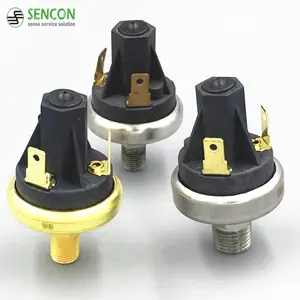




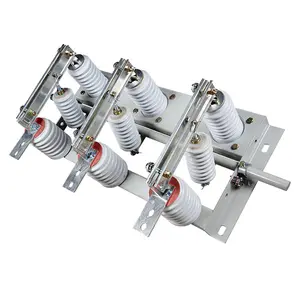


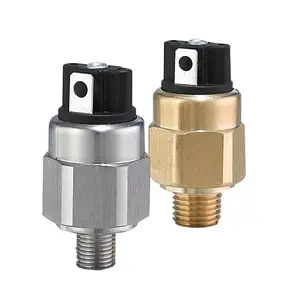

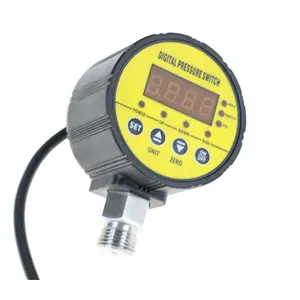



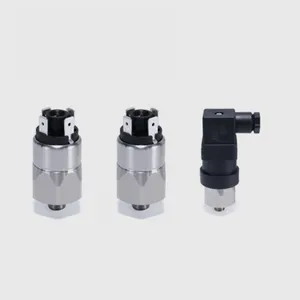
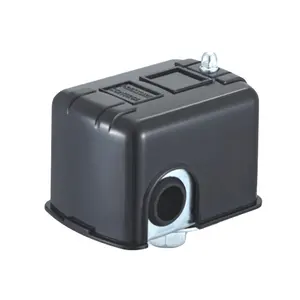







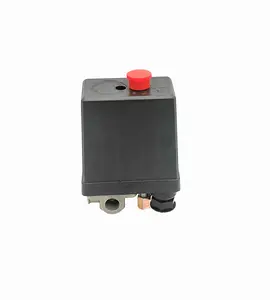

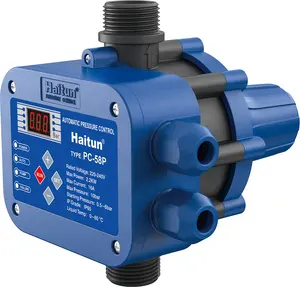
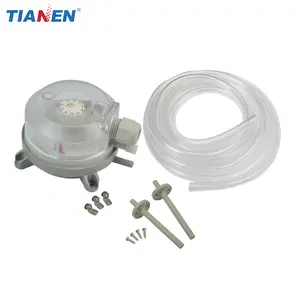


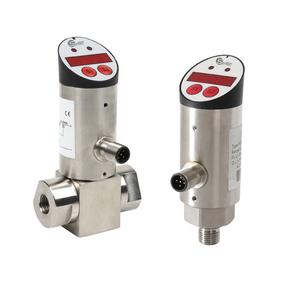
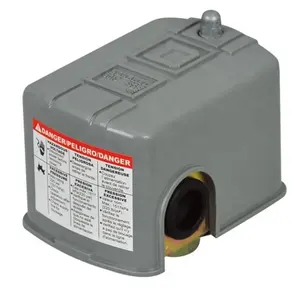













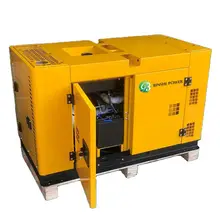

























 浙公网安备 33010002000092号
浙公网安备 33010002000092号 浙B2-20120091-4
浙B2-20120091-4